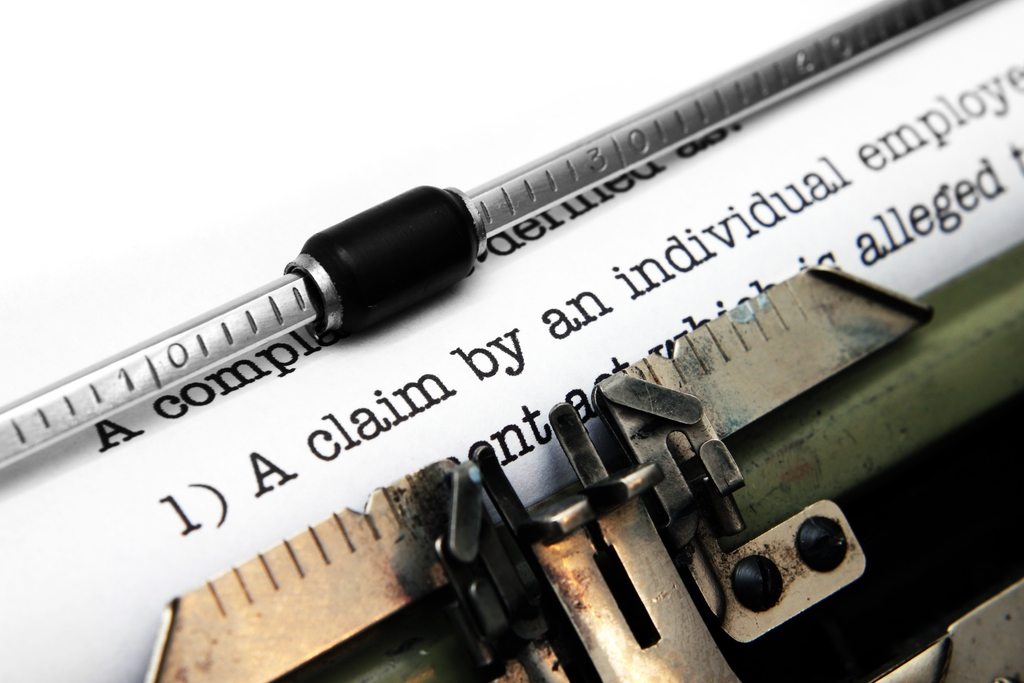
Kelly Rose
Editor

Kelly Rose
Editor
When it comes to health and safety, what is the priority - cost saving or life saving, asks Katie-Lee Shaw, marketing manager at S-Craft.
Many companies state in their company mission, their policy of ‘zero accidents.’ Obviously, due to human error, this mission is more of an aim than reality, as you need to take steps to minimise impact before incidents happen. But the fact is in 2012-2013, there were over 1700 incidents at work – every single day, with slips, trips and falls accounting for approximately 80% of these. Ironically, in some business quarters, buyers and purchasing departments are making decisions that totally override health and safety policy, although in the event of an incident it is the health and safety officers and upper management that are held accountable, not the buyers.
Despite the risk, legislation and potential consequences from the authorities, these companies still believe it is more important to save the pounds, rather than put in place a simple, effective system which could not only save lives, but save very hefty fines. The question is, when it comes to health and safety, what is the priority – cost saving or life saving?
Why life saving matters
Although saving lives seems an obvious priority, over a third of all major injuries reported each year are caused as a result of a slip or trip (the single most common cause of injuries at work.) Accidents and ill health ruin lives and affect business too, if output is lost, machinery is damaged, insurance costs increase or personnel have to go to court. Measures to prevent accidents and ill health in the workplace will cost money, but then so will not having them in place – so what is the alternative?
The law does not expect companies to eliminate all risk, but they are required to protect people as far as ‘reasonably practicable’. For most, that means simple, cheap and effective measures to ensure their most valuable asset – the workforce – is protected.
Does cost saving matter?
In some companies, those within procurement have little understanding of the consequences of a serious incident, such as the cost of production downtime and increased insurance premiums. As procurement are rarely held accountable for the outcomes of such incidents, it is seldom in their interest or training to understand the health and safety responsibilities and requirements.
Consequently, purchases of lower grade or incorrect products will often be made, simply due to a basic lack of understanding and awareness. Although purchasing do have a very important part in controlling company’s costs, if they were involved in HSE training and education, it would help them understand the implications of making a wrong decision in the name of saving money. By working with the buyers, health and safety personnel will be able to produce a cost effective system, which will protect lives and keep sites compliant.
The cost of getting it wrong
So there’s either the cost of protecting lives, or the bigger cost of getting it wrong. Each year, it costs the employer in the region of £500million for slips, trips and falls. Without protecting staff, companies will risk being faced with some major consequences. A personal injury for example, will not only impact the victim and their family, it will usually result in lost production time, as well as large claims and compensation. Thus causing increased insurance premiums and administration costs, with the additional threat of negative publicity and reputation.
Even without an incident, the HSE are authorised to intervene at any time and, if in doing so a company is found noncompliant, they will be charged a fee of £124/hour, as well as whatever the consequence of the intervention is. The most feasible approach then, would be a simple, but cheap and effective system to take away a large proportion of the accident risks, as well as reduce the chance of a prosecution or fine from the HSE.
Law, legislation and liability
In law, ignorance is not a defence. Therefore it is essential that those accountable for health and safety, are certain that every area of their workplace is covered and compliant to the law, as well as all their workforce sufficiently trained. Legislation such as The Management of Health and Safety at Work Regulations 1999 (Regulation 3,) build on the HSWA and include duties on employers to assess risks (including slip and trip risks) and take action where necessary.
With these kind of laws in place, a regular site check program would be a huge assistance to those liable, so they can have peace of mind that potential incidents are prevented and the entire site is compliant.
The solution



S-Craft Workplace Equipment UK Ltd
Insight House
Denton Drive Industrial Estate
Northwich
CW9 7LU
UNITED KINGDOM
01606 352679